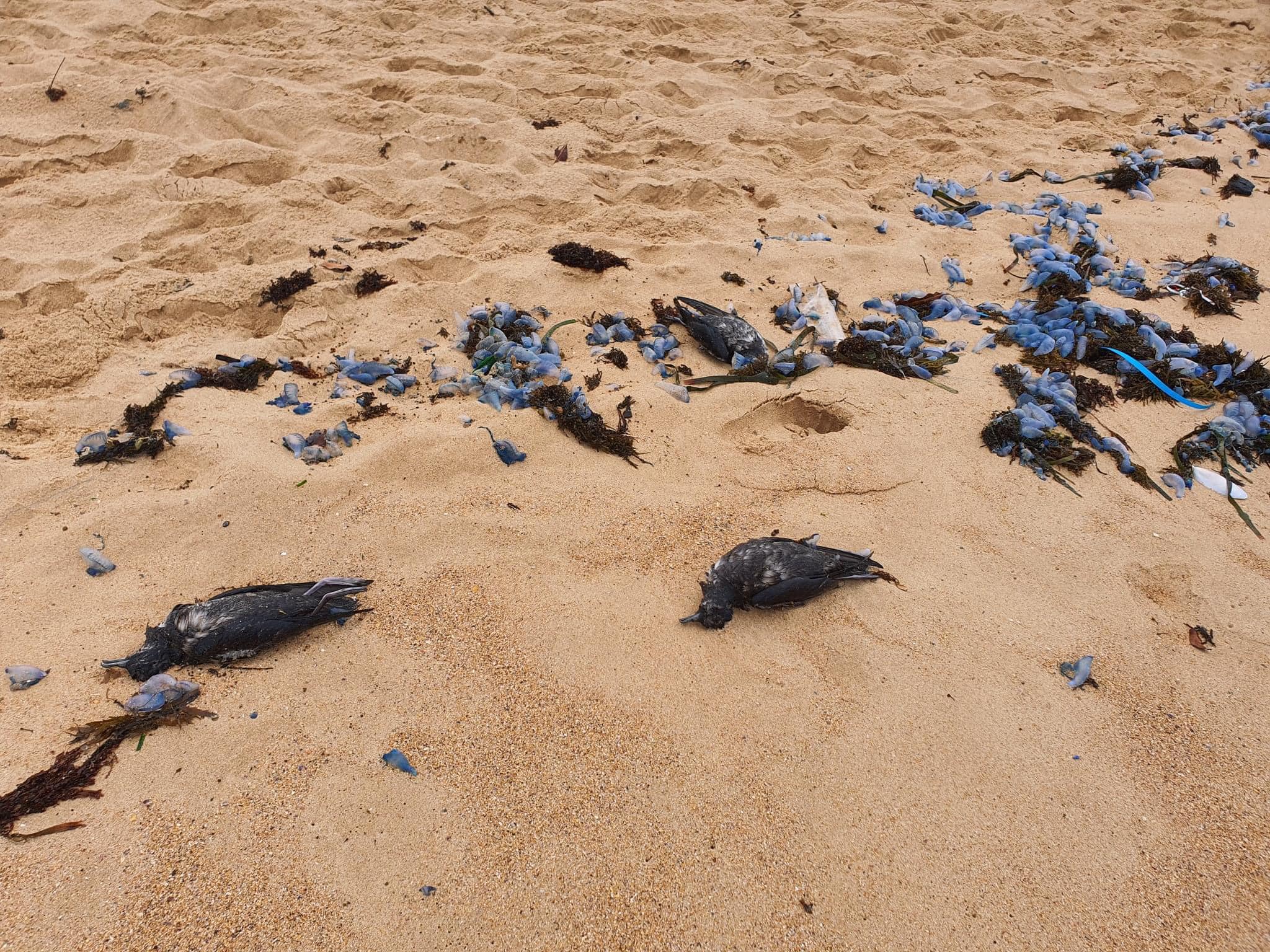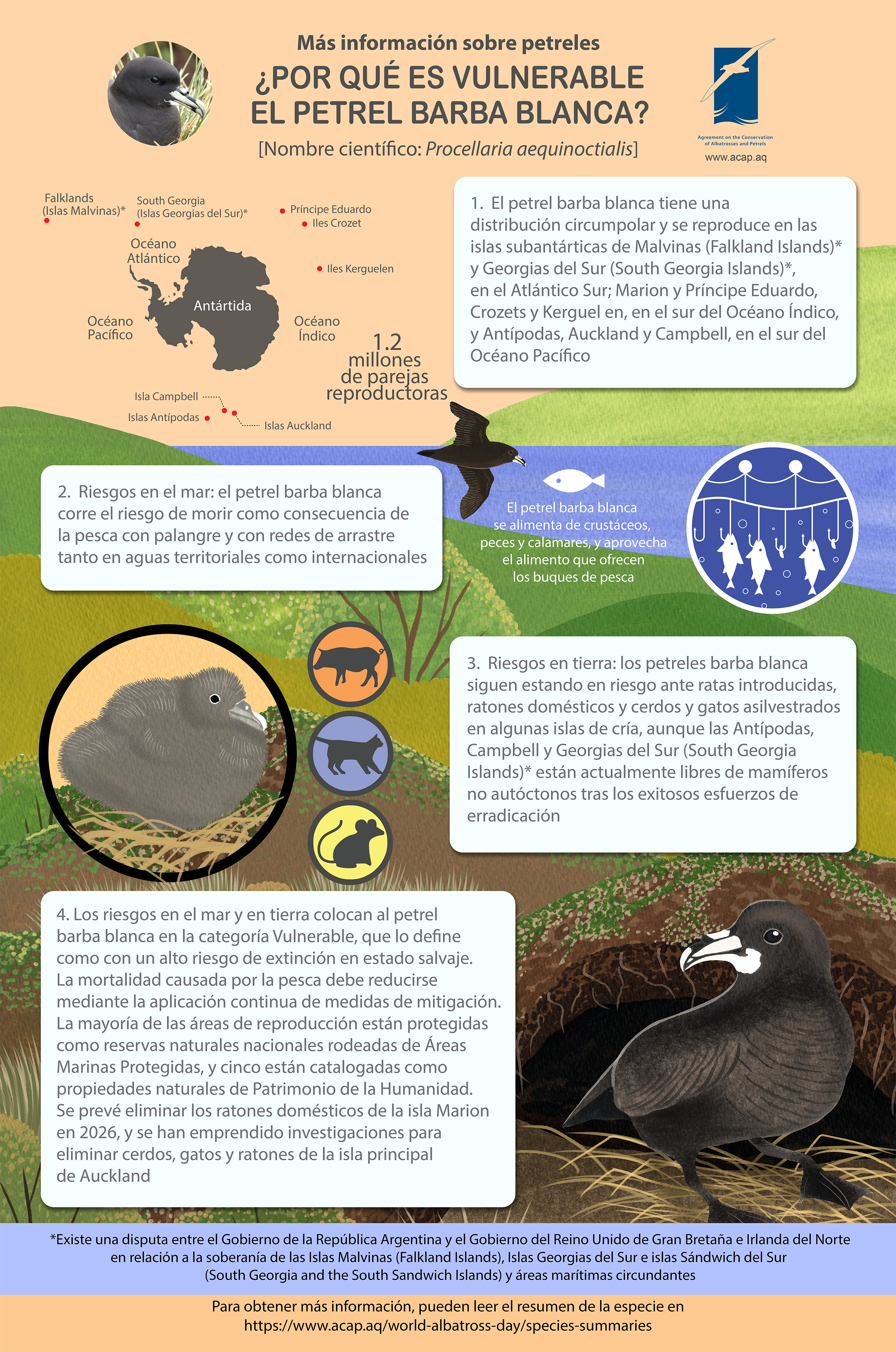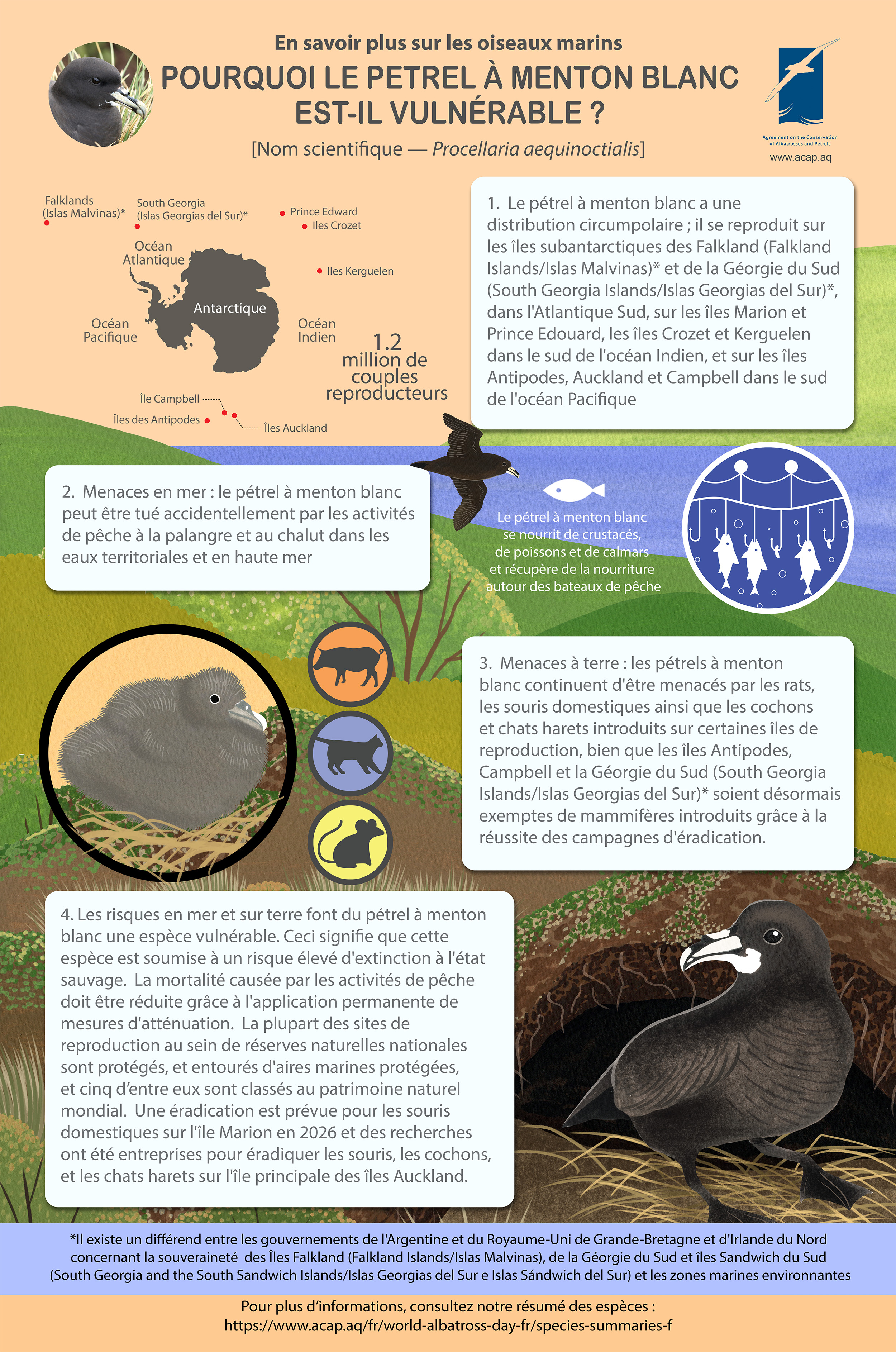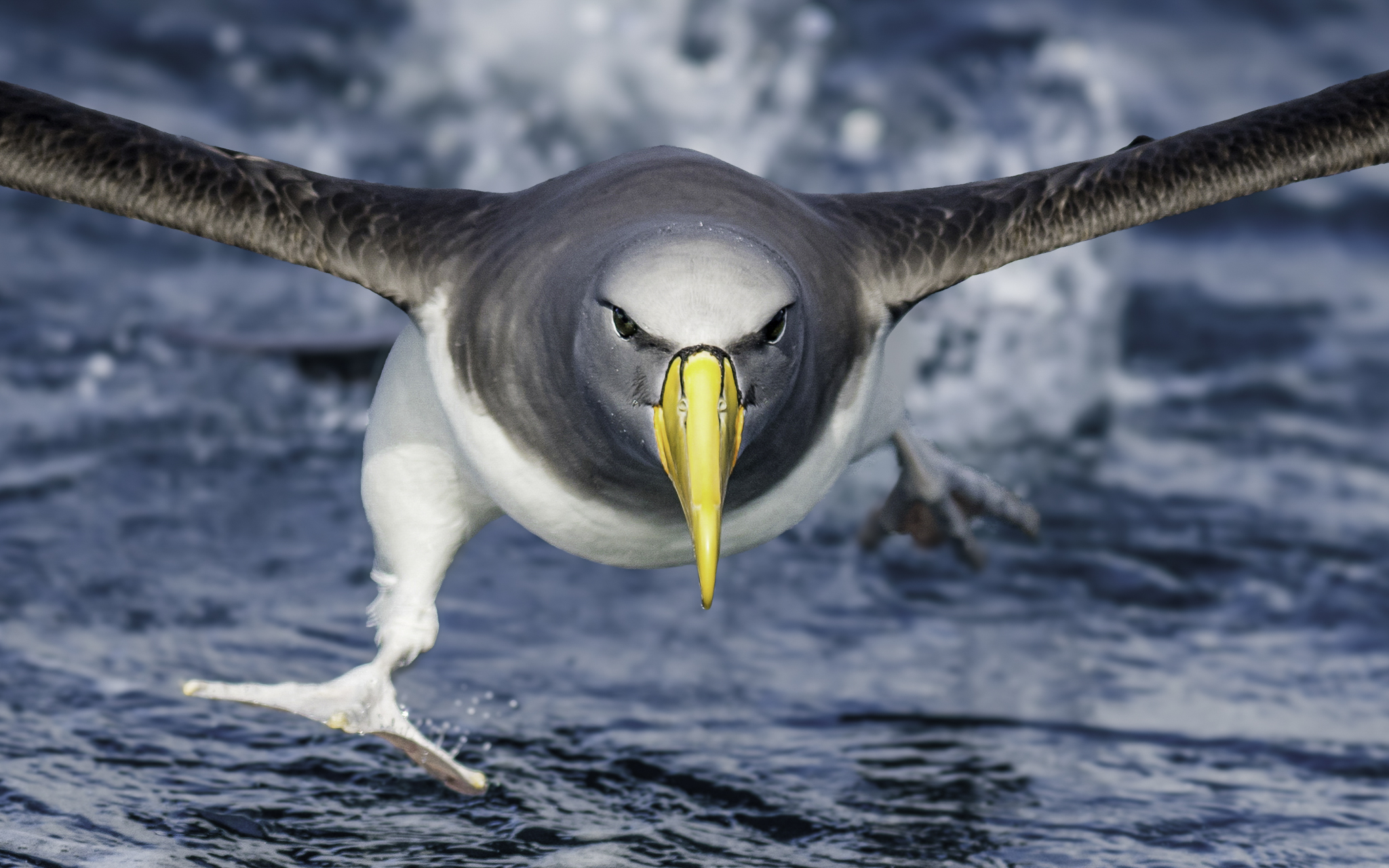
Beached Short-tailed Shearwaters, photograph from the research group Adrift Lab
Reports in the mainstream and social media are showing that Short-tailed Shearwaters Ardenna tenuirostris have been dying at sea and their corpses washing ashore in very large numbers on the coast of New South Wales and Victoria, with reports also coming from Tasmania. Some birds are making it ashore alive, but in an emaciated condition, signaling a shortage of their prey.
Ongoing discussions centre on how “normal” the wreck is, with a view expressed that it is caused by ocean warming affecting food supply and is not directly related to migration or to an individual bad weather event.

This Short-tailed Shearwater has been beached while still alive, photograph from Adrift Lab
“Authorities on the alert for the deadly H5N1 strain of bird flu have tested the dead shearwaters, also known as muttonbirds, in NSW and Victoria for avian influenza, but have so far found no sign.” Notably, Australia has so far remained free of the virus.
Read more about the wreck here.
14 November 2024

 English
English  Français
Français  Español
Español 



 A Chatham Albatross; photo by Ross Wheeler
A Chatham Albatross; photo by Ross Wheeler
